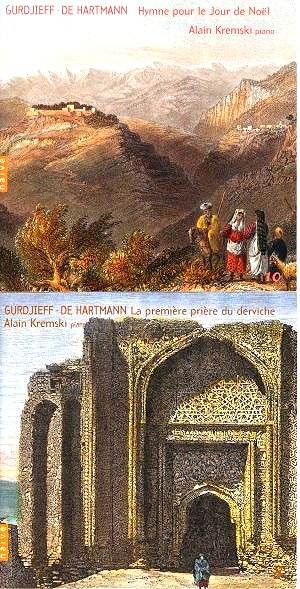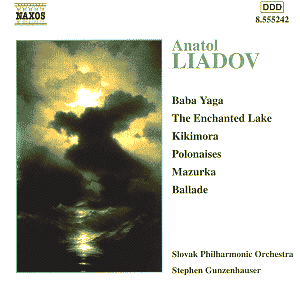 Composer: Thomas de Hartmann
Composer: Thomas de Hartmann
Works: Piano Music Volumes 8 and 10
Performers: Alain Kremski (piano)
Recording: Auvidis Naive V4880, V4882
Label: Auvidis Naive
The music of Thomas de Hartmann, particularly in his collaborations with the enigmatic Gurdjieff, occupies a unique niche in the early 20th-century classical landscape. Hartmann’s piano works, as presented in these two volumes of the Auvidis Naive series, reflect a deep-seated spirituality and an exploration of Eastern motifs that resonate with the broader currents of impressionism and neo-classicism. The intimate nature of these compositions invites listeners into a realm where the mystical and the musical intertwine, echoing the composer’s own journeys through Asia and the philosophical underpinnings of his spiritual mentor, Gurdjieff.
Alain Kremski’s interpretation of Hartmann’s piano works is marked by a palpable sensitivity and an unhurried approach that allows the music’s simplicity and profundity to shine through. The recording quality is notably warm and immediate, capturing the nuances of Kremski’s touch without falling into the trap of excess polish that can strip away emotional depth. For instance, in “Mouvement 11,” Kremski approaches the material with a reverent restraint, akin to a meditative state that invites the listener to engage with the piece on a spiritual level. This contrasts sharply with the more frenetic interpretations of similar music found in the works of contemporaries such as Prokofiev, where a vibrant energy often overshadows introspection.
The technical aspects of Kremski’s performance are equally commendable. His command of the piano allows for a diverse tonal palette that enhances the varied textures of Hartmann’s music. In “Exercice No. 4,” one observes a Mozartian clarity, with phrases articulated with limpid poise that brings forth the melodic line’s elegance. Conversely, pieces like “Chants et Rhythmes asiatiques No. 40” evoke a Rachmaninovian rhythmic catch, adding a layer of emotional weight that balances the overall tranquility of the collection. Kremski’s ability to traverse these different idioms without losing coherence exemplifies his deep understanding of Hartmann’s idiomatic language.
The engineering of these recordings merits attention as well. The sound is rich and resonant, with the piano’s rich timbres captured in a way that feels both close and expansive. This proximity immerses the listener in the performance, making the subtleties of dynamics and phrasing palpable. Kremski’s performance has been expertly recorded to avoid the antiseptic quality that often plagues contemporary piano recordings, allowing the listener to experience the raw essence of these compositions.
Kremski’s dedication to Hartmann’s piano music across these volumes illustrates not only a personal connection to the material but also a commitment to presenting it in its most authentic form. This collection serves as a compelling entry point for those familiar with the works of Alan Hovhaness seeking a deeper, more meditative simplicity. While some may question the broader concert applicability of these works, their lyrical charm and spiritual resonance offer a refreshing alternative to the more dissonant and complex landscapes of modern classical music. The music of Hartmann, rendered with such care and insight by Kremski, stands as a testament to the enduring power of simplicity and the profound depth it can convey.



